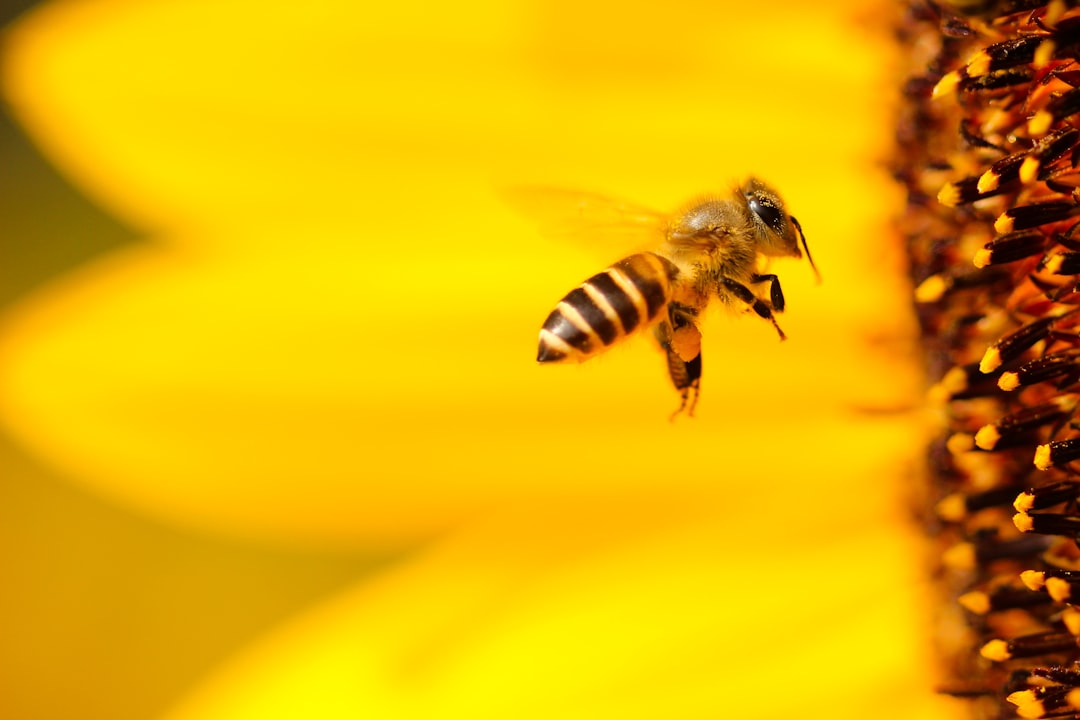What is it about?
Honeybee hives are essential for the environment, food production, and agricultural economy. Unfortunately, honeybee hives are dying at an alarming rate when subjected to various environmental and habitat alteration stressors. Since rapid depopulation is a common sign in affected hives, information about the number of forager bees and food collected in healthy bee colonies can help to characterise better hives' equilibrium conditions and obtain insights into the hives' response when conditions change. Herein, we develop a mathematical model of the daily dynamics of hives based on the foraging and food-processing activities of bees through a set of ordinary differential equations (ODEs). The presented model enables estimations of the number of bees collecting food, the amount of food collected, and the time bees spent outside the hive during successful foraging trips from simple weight measurements. Our work's importance relies on understanding why certain honeybee hives perform better than others in the same spatiotemporal conditions. Therefore, our model opens the perspective of developing weight-based early-warning indicators of bee colony failure that could lead to alternative methods for monitoring and control.
Featured Image

Photo by Georg Eiermann on Unsplash
Why is it important?
Our model can be used to obtain interval estimations of the following quantities, which are of particular interest: the number of active foragers in a bee colony, time spent by foragers outside the hive, amount of food collected by bees in each trip, and the rate of weight grow of a hive. Tracking the daily evolution of these parameters opens the perspective of developing weight-based early-warning indicators of bee colony failure that could lead to new strategies for risk control.
Read the Original
This page is a summary of: Modelling daily weight variation in honey bee hives, PLoS Computational Biology, March 2023, PLOS,
DOI: 10.1371/journal.pcbi.1010880.
You can read the full text:
Contributors
The following have contributed to this page










